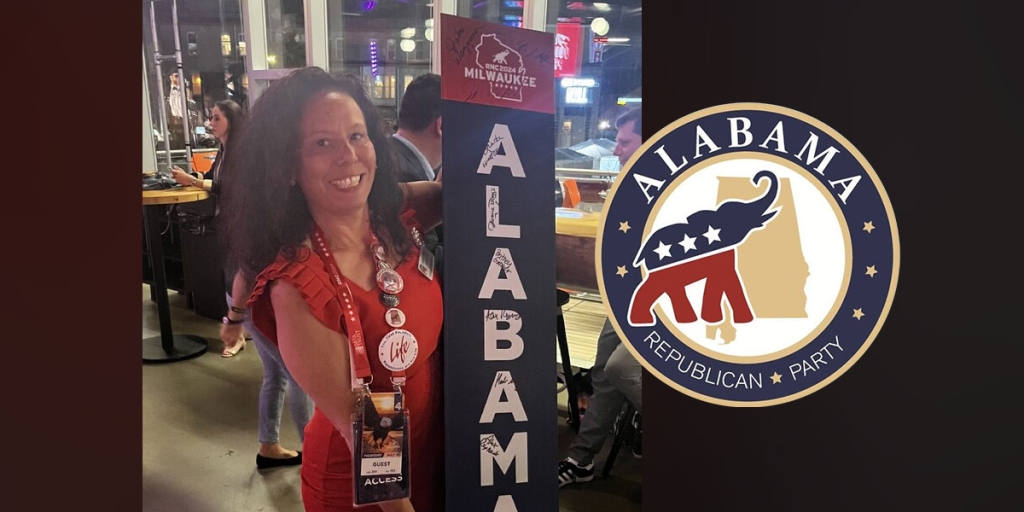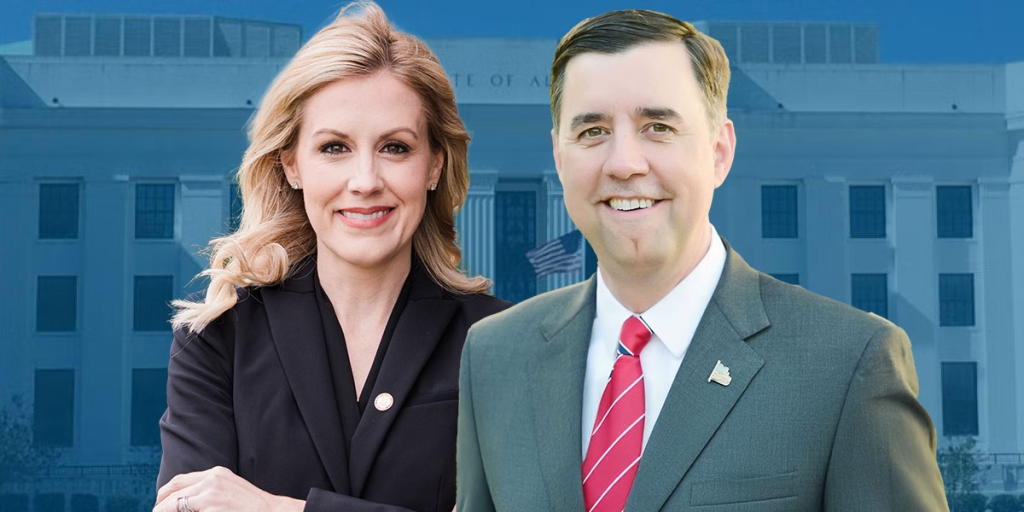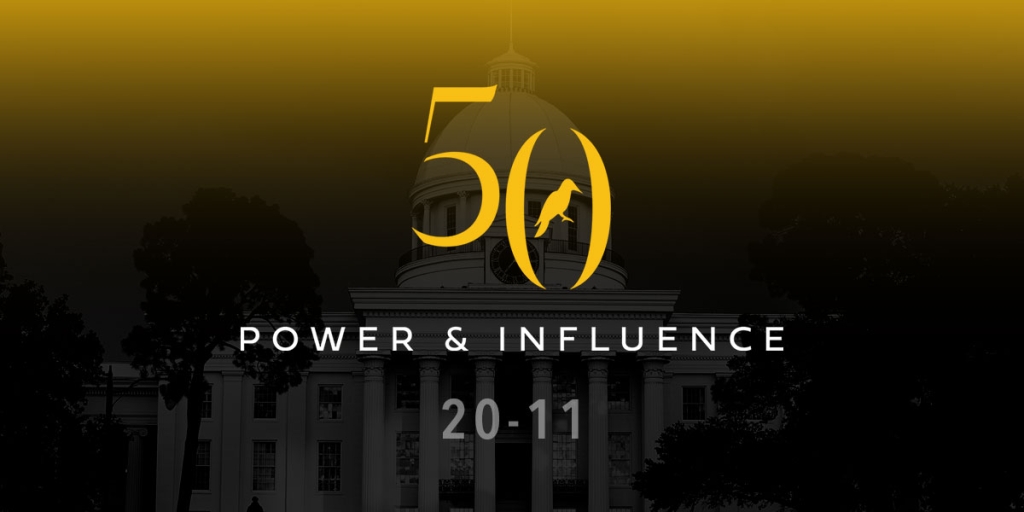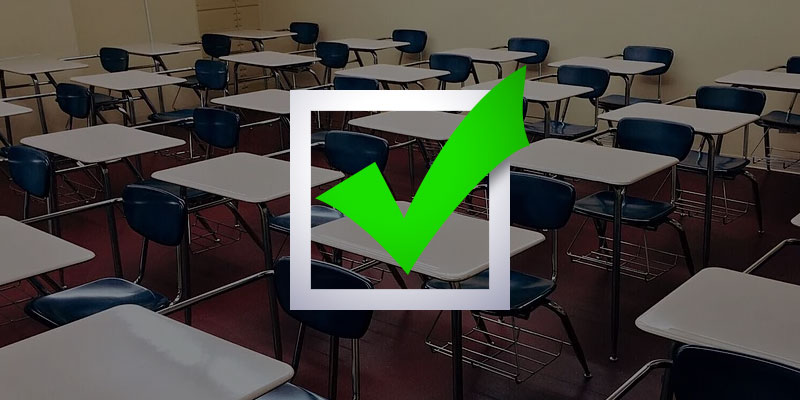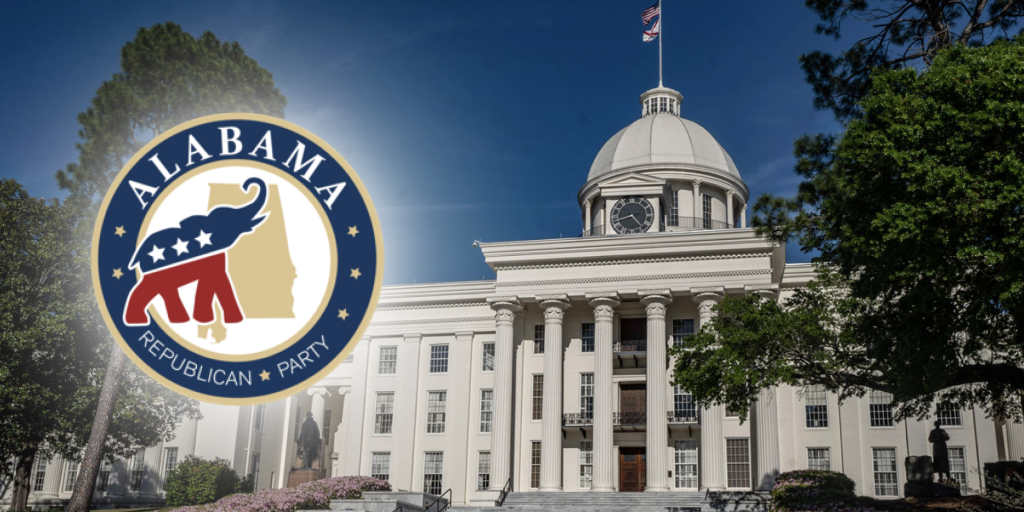When Governor Kay Ivey’s statewide stay-at-home order expires in four days, non-essential businesses are expecting to begin operations under some restrictions.
The post-order picture for churches is much less certain.
Restrictions on gatherings during the COVID-19 crisis began on March 16, when the Alabama Department of Public Health recommended they be limited to less than 50 people. That number shrank to 25 people in a March 20 order. Gatherings have been restricted to ten people since Ivey issued her stay-at-home order on April 3.
Few expect the state to ease restrictions on gatherings any time soon. Not unlike businesses, however, churches will need to begin planning for the day their congregations return to campus.
While not an easy task, there is a principle that needs to be applied to reopening churches, according to one of the state’s policymakers.
“One size does not fit all,” State Rep. Danny Garrett (R-Trussville) told Yellowhammer News.
Garrett chaired Lt. Governor Will Ainsworth’s subcommittee on reopening Alabama’s economy and is a deacon at First Baptist Church-Trussville.
Garrett sees the need to survey pastors and church leaders in the same way his committee surveyed a wide range of small business owners. Ainsworth and Garrett surveyed more than 300 businesses in devising their 150-page plan to reopen Alabama’s economy.
“What I would do is call these ministers together from all these various groups,” he said. “You not only have the number of people to consider, you have cultural practices to consider and worship styles to consider. You have mega churches, you have small churches.”
A spokesperson for Ivey confirmed to Yellowhammer News that an informal process has begun to gather thoughts and input from Alabama churches. The effort is being led by Jay Wolf, who is Ivey’s pastor at First Baptist Church-Montgomery.
“Faith is a big part of who we are as a state, which is why she wants to hear from various congregations,” said press secretary Gina Maiola. “All input is welcome.”
Garrett believes a hard limit to the number of people who can attend worship services is probably not a good solution. He has seen research indicating that a large majority of the churches in the state of Alabama have less than 200 members.
For small churches, a numerical limit may not affect how they worship.
“If you say you can only have 50 people, that may be more than they have for a service anyway,” Garrett pointed out.
Then there are practices specific to each denomination.
An example Garrett noted was that Episcopal churches take communion out of the same cup, while many others do not. He cited baptisms, as well, saying some churches pour, some sprinkle and some fully immerse.
“Episcopalians need to tell the state’s decision-makers, ‘Here’s how we would handle communion,’” he advised.
At Garrett’s church, discussion is already underway about how they do things in the future.
“We may never pass an offering plate again,” he outlined. “When we have the Lord’s Supper, we pass the plate. We may have to do something different.”
The practical considerations of spacing are something with which church leaders will have to deal.
“Some possibilities are, for example, if you are a large church and you have enough facilities, you could come up with a plan, given your square footage, where you can let families sit together and then space everybody out six feet,” Garrett explained. “You can figure all that out. At a large church, like the church I attend, you can figure all that out. You can put people in the sanctuary and in the auditorium; they could be in about five different places.”
It begins to get more difficult, even for large churches, when taking into account other activities which occur outside of services.
“The problem is, how do you handle the gathering areas where people are all coming in or all leaving?” Garrett offered. “What do you do about coffee and donuts that everybody serves? I think they can figure that out, but one size does not fit all.”
Churches across the country are confronted with all the same questions. As a result, resources are being provided and shared to help guide them through this process.
Ken Braddy, a Nashville pastor, has compiled a list of “24 Questions Your Church Should Answer Before People Return.” The Georgia Baptist Mission Board has issued a fairly detailed guide for returning to church campuses. In addition, the Florida Baptist Convention has published a conversation guide for reopening.
Lessons learned from how the state handled the commercial shutdown can be applied to church guidelines, according to Garrett.
“The mistake the state made in shutting down some businesses was we made some broad rules like square footage, for example,” he said. “The state limited you to half the square footage that your fire marshal has for you to operate. What we found out was that they had double the capacity of the practical operating capacity.”
Garrett mentioned a large retail outlet in Jefferson County which normally was allowed to have 700 buggies under the fire marshal’s guidelines. However, the store never kept out more than 400 at any one time, while usually only having less than half of those occupied by customers. So when the state deemed the store could have 350 buggies, it had no effect on the store’s operation.
“You did not do anything,” he remarked.
That is why he hopes guidelines for worship are tailored to meet the needs of individual congregations.
“I think you cannot look at it and say churches have to do ‘this,’” Garrett concluded.
Tim Howe is an owner of Yellowhammer Multimedia





